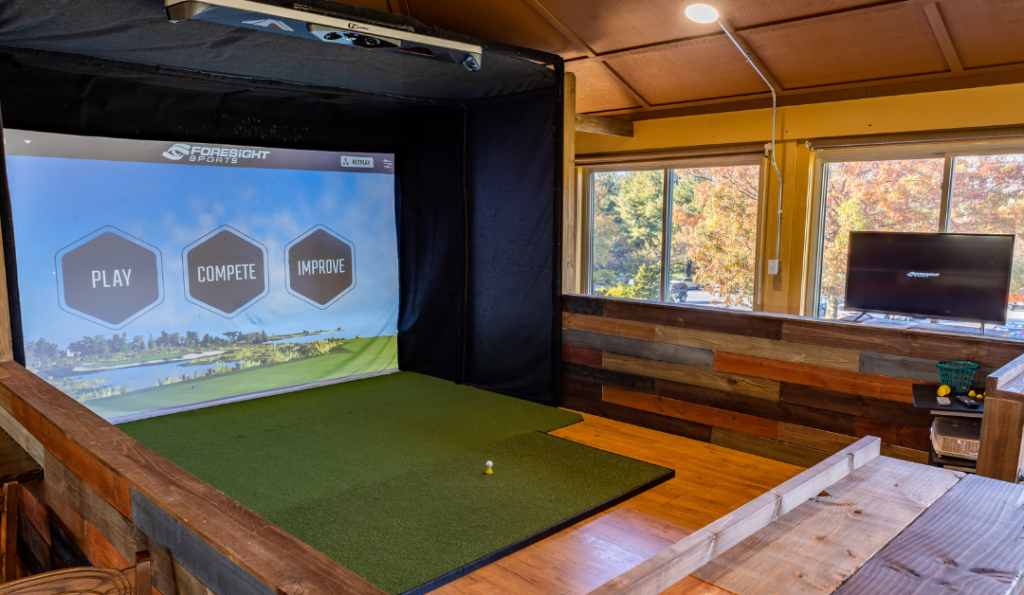Regardless of time constraints or weather, golf simulators are becoming a more and more popular option for players to hone their skills. With the help of this cutting-edge technology, you may play golf in the comfort of your home with accuracy and immersion. But since buying a simulator requires a significant financial outlay, knowing how to keep it in top condition is crucial to ensuring it performs at its peak. While golf simulators price can vary widely depending on the features and technology involved, proper care can help extend the lifespan of your equipment, making your investment more worthwhile in the long run. Following a few essential maintenance practices can keep your simulator functioning smoothly and avoid costly repairs or replacements.
Check for Calibration and Software Updates
Calibration is essential to guarantee that your golf simulator provides correct data. Make sure the simulator is calibrated regularly, particularly if you’ve moved it or changed the setup. Recalibrate if necessary to guarantee that your swing data is accurately recorded.
In addition to calibrating your golf simulator, you should always keep its software updated. Manufacturers frequently release updates that address issues, add new features, and enhance performance. Look for and install software updates as necessary.
Monitor Your Environment
The location of your golf simulator can greatly impact its durability and functionality. Over time, excessive heat, moisture, or sunlight can harm your equipment. A cool, dry location away from windows and high humidity is ideal for your simulator.
When employing a portable setup, ensure that parts (such as the computer, projector, and simulator sensors) are kept in a secure location when not in use. This lessens the chance of any harm from moisture or temperature changes.
Proper Handling of Components
Use caution when assembling or disassembling your golf simulator’s parts. The projector, cables, and sensors are all fragile and could be harmed by dropping or mishandling them. Cables should always be stored neatly; do not bend or overtighten them. If you need to move heavy parts, make sure you lift heavy parts like the projector or sensor units correctly. Accidental drops that could cause expensive damage can be avoided by using the proper lifting techniques or getting help.
Protect the Simulator from Physical Damage
Physical damage is one of the most frequent reasons for issues with golf simulators. Ensure that your equipment is adequately cushioned or covered, especially in areas more susceptible to knocks or impacts. This will guarantee that the simulator keeps performing at its peak while preventing harm to the parts.
Invest in Quality Accessories
Selecting the appropriate accessories can extend the life of your golf simulator and improve its functionality. Purchase a top-notch impact screen that is resilient to the force of your golf ball strikes. A sturdy striking mat is also necessary to prevent damage to your floor or simulator parts. A ball return system can also reduce the time spent retrieving balls and lower the possibility of damaging the surroundings around your simulator.
Perform Regular Performance Checks
It’s a brilliant idea to check your golf simulator’s performance frequently. This involves ensuring that the data is accurate, the sensors are operating correctly, and the visual display is clear. Test your simulator often to identify any difficulties early on, such as calibration issues, display problems, or delays in data processing.
Summing it Up
You must keep your golf simulator to maintain its functionality and ensure you get the most out of your indoor golfing experience. Maintaining your simulator’s functionality and increasing lifespan requires routine cleaning, calibration, and environmental monitoring. If you adhere to these best practices, you’ll continue to enjoy precise, excellent play for many years.

